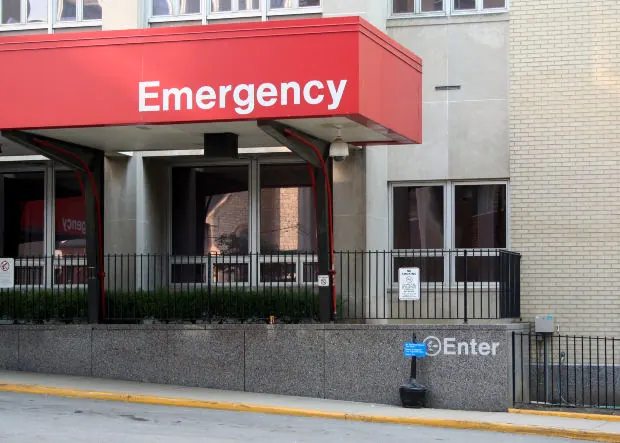A study was done looking at two vehicle collisions that included a passenger car and a light truck, defined as a minivan, van, pickup truck or SUV). They looked at the likelihood of having a fatality, a hospitalization, and the hospitalization charges, looking at vehicle type to see if there was any difference between passenger vehicles and light trucks.
They used data from Minnesota’s Crash Outcome Data Evaluation System or CODES between the years 2004 and 2005. They looked specifically for crash data involving a car and a light truck; only police-reported accidents were used. They were curious about defining a model that predicted the rate of hospitalization depending on various variables. They also did a model of the likelihood of a fatality. In all models, they made a distinction between the two types of vehicles and controlled for factors like occupant, vehicle and crash characteristics. There were separate models for drivers and passengers.
In crashes between a car and a light truck, it turned out that the drivers of the light trucks were less likely to end up in the hospital with an odds ratio of 64 percent. They were less likely to be killed, with an odds ratio of 35 percent. Passengers of light trucks fared better as well with a likelihood of being hospitalized at an odds ratio of 66 percent and fatality with an odds ratio of 14 percent. Among those patients that were hospitalized, there were no differences in hospital costs between passenger car drivers and light truck drivers. There was a difference in hospital charges between light truck passengers who had 59 percent of the charges for hospitalized automobile passengers.
There have been other studies which showed high rates of fatality costs because of light trucks. The above study was the first that looked at hospital costs associated with light trucks. The current liability systems fail to fully make the drivers of light trucks accountable for the added costs imposed on other drivers, passengers and pedestrians. The article looked at the costs incurred beyond the costs of fatalities and hospitalizations to decide on the amount of corrective policies or taxes, perhaps in future writings.
Another study looked at the fatalities among occupants of the cargo areas of pickup trucks. The study compared fatalities among occupants of the cargo area versus fatalities among those who were in the cab of the vehicle. Information was taken from the Fatality Analysis Reporting System (FARS) in files from 1987-1996. They were able to collect a group of pickup truck fatalities, regardless of location in the vehicle. In their evaluation, they discovered that 34 percent of fatalities to cargo occupants happened in non-crash events in which the vehicle was not damaged. A total of 55 percent of those fatalities were between the ages of 15-29; about 79 percent were male. The fatality risk ratio compared cargo occupants to front seat occupants was 3.0. The risk was 7.9 times that of restrained occupants in the front seat. The fatality risk ratio was 92 times for fatalities in non-crash events and was 1.7 in situations where the vehicle was deformed in the crash. The fatality risk ratio was 1.8 relating to occupants of the cargo area that was enclosed and 3.5 for occupants in open cargo areas. The conclusion was that passengers located in the cargo area of the pickup truck were at greater risk of death than those who sit restrained in the front seat. People who have camper shells were not really protecting the occupants.
I’m Ed Smith, a Sacramento Trucking Accident and Wrongful Death Attorney with the primary accident information site on the web, autoaccident.com.
If you or someone you love has been in a trucking accident, call me now at 916-921-6400.
You can find out more about our office by looking either Yelp or Avvo, the attorney-rating site.

